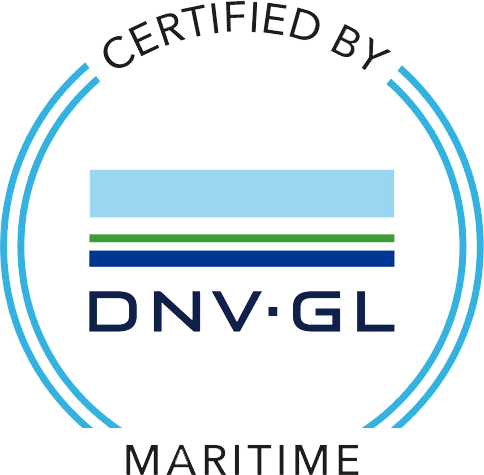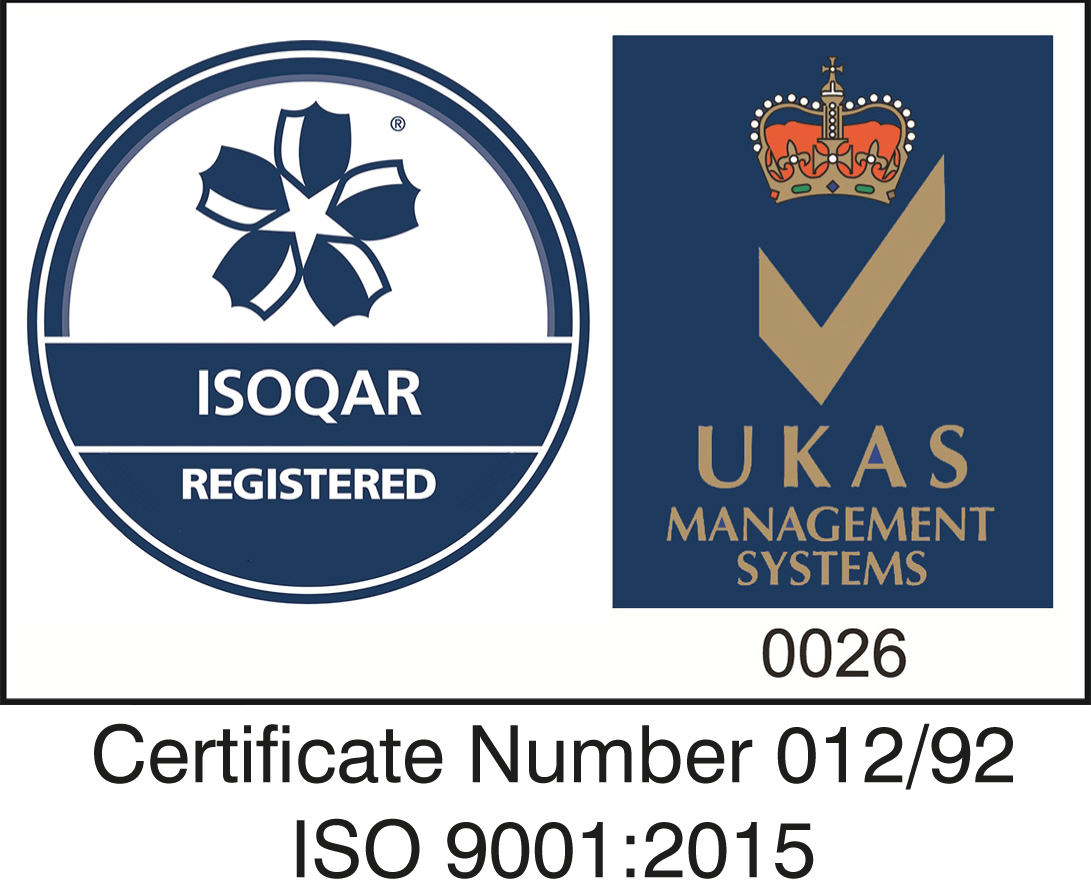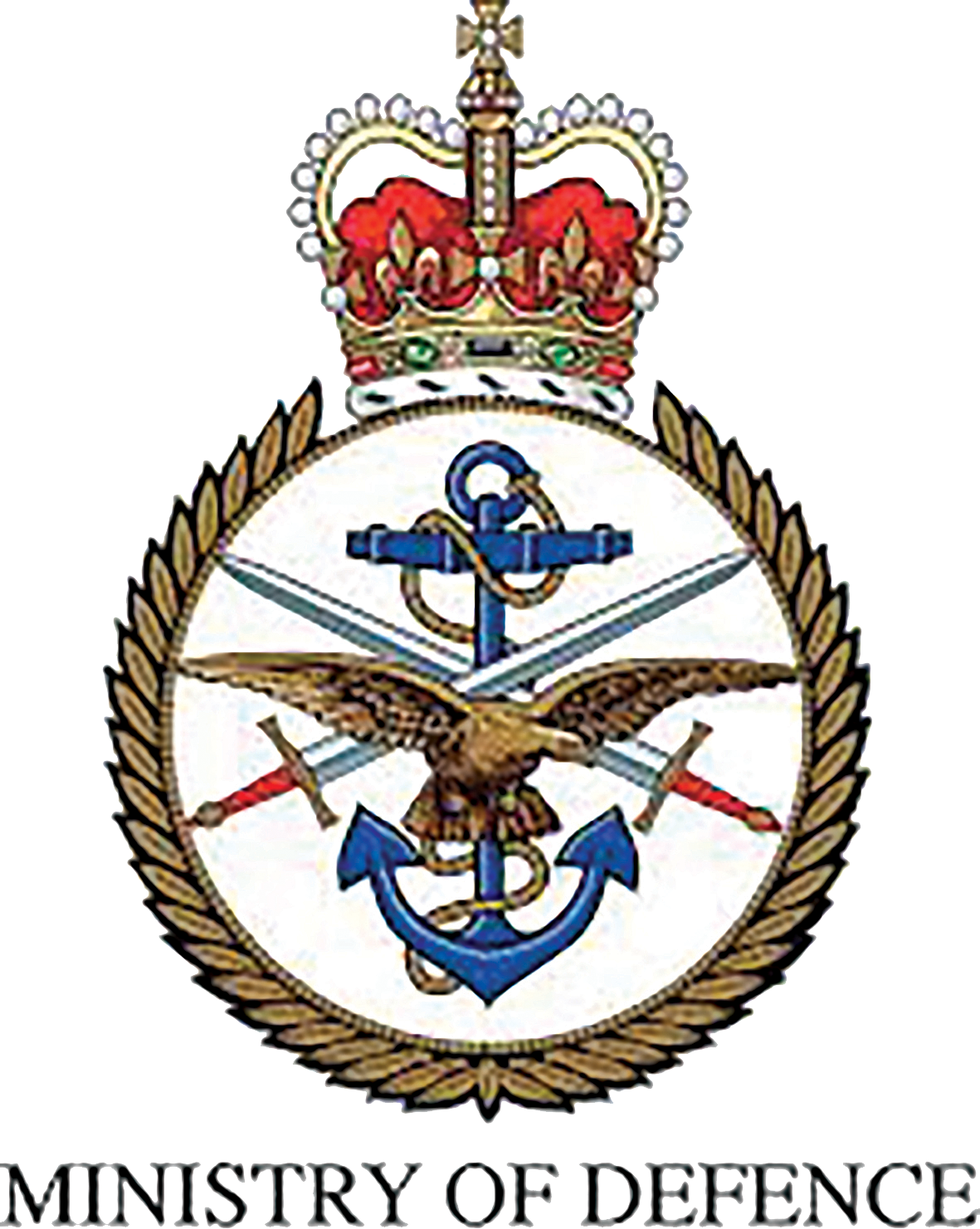An introduction to marine hydraulic applications
Hydraulics are used in every field of engineering, used to power everything from bicycles and trailers to heavy machinery, aeroplanes and marine ships.
There’s an ever-increasing demand for hydraulics in the maritime sector, an industry which calls on technically innovative solutions to run its operations effectively and reduce the need for manual labour where necessary.
While it may come as a surprise, marine ships rely heavily on hydraulic technology to transport their cargo from A to B whilst safely battling the demanding at-sea conditions.
As a specialist partner in marine hydraulic solutions and repairs, Derek Lane & Co understands just how crucial these technical systems are to this sector. More and more marine projects are turning to hydraulic solutions, due to the accuracy and safety they provide onboard.
In this blog, we will discuss the critical functions that hydraulic systems provide to the marine industry.
Common marine hydraulic applications
If we look back decades ago, operating a ship was once a highly manual process. Everything from engine room controls to cargo operations would require a great deal of manpower, with specific jobs performed by each crew member.
Naturally, many of these tasks were very time-consuming and physically demanding, which had an impact on the efficiency of operations. Nowadays, hydraulic technology has replaced many of these once manual tasks.
Due to their flexibility, efficiency and ability to make complex tasks more manageable, hydraulics are implemented across many marine applications including:
Automation and control systems
Modern hydraulic technology has eliminated the need for manual power in processes such as the opening and closing of critical valves, maintaining air pressure and quick response to feedback.
Automation and control systems are implemented across the ship in places such as the steering gear system and stabilisation system, which help to manoeuvre the ship and keep it steady at all times.
These systems simply require manual monitoring from the main control room of the ship, and the rest of the work is automated. Providing that the machines are precisely controlled, the implementation of hydraulics guarantees greater accuracy, efficiency and safety in comparison to manual systems.
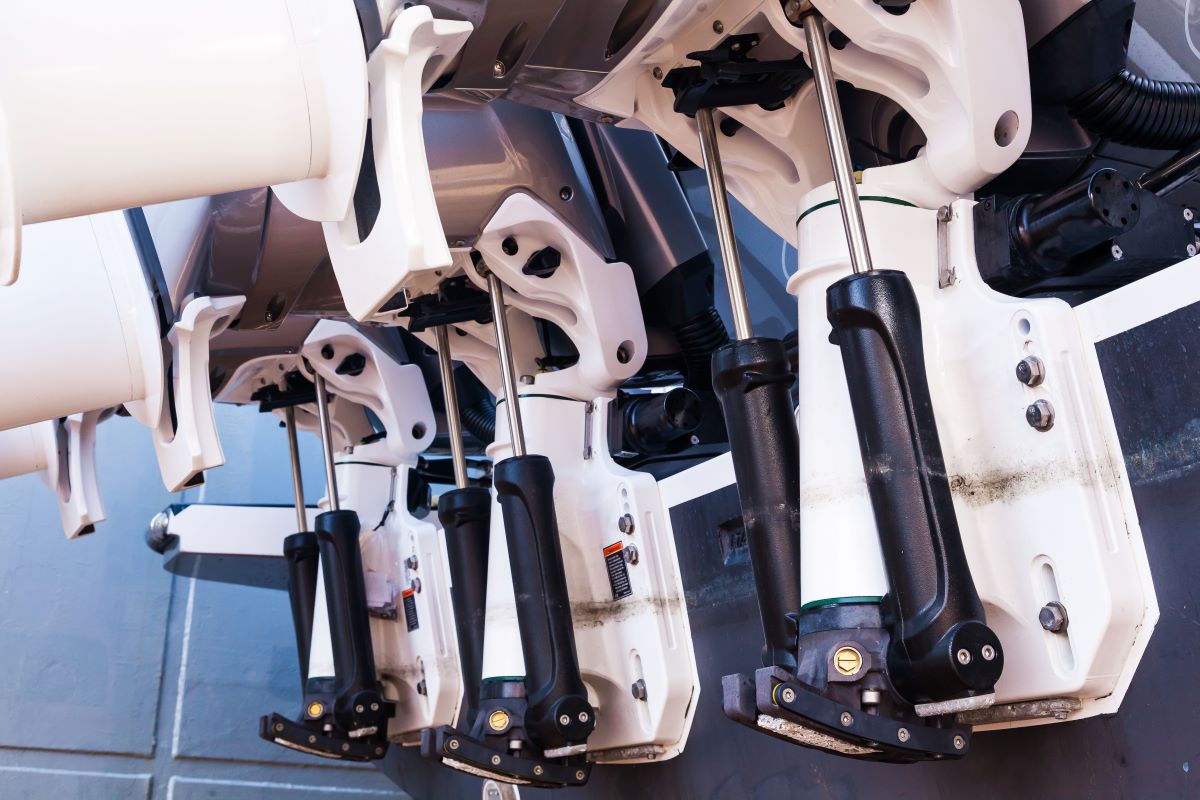
Deck machinery
Many of the deck machines found on a ship such as cranes, winches, capstans and mooring drums are powered by hydraulic motors and a source of hydraulic fluid.
By streamlining these operations, the ship is able to operate more efficiently and smoothly, carrying out heavy-duty tasks such as unloading cargo and keeping the ship tied to another ship or jetty with ease.
Cargo operations
Performing cargo operations is one of the most physically demanding tasks on a marine ship – that is until hydraulics transformed the way the process works.
Whilst the exact cargo equipment used will vary from ship to ship, cargo pumps and lines are typically controlled via hydraulics to streamline the process of loading and unloading cargo, and adding ballast. By introducing hydraulic circuits for valve operation, all of these tasks can be performed directly from the control room.
Engine room applications
The size of marine ships has increased substantially over the years, which comes with a greater need for an increase in engine power. Engine rooms were once manned by a large number of workers, but the need for this has drastically reduced.
Due to the sheer size of the engines used to power modern ships, the manual tightening of engine components would not be sufficient or practical. Hydraulic tightening is used to hold the cylinder heads, entablature and bed plate together to keep the engine running optimally.
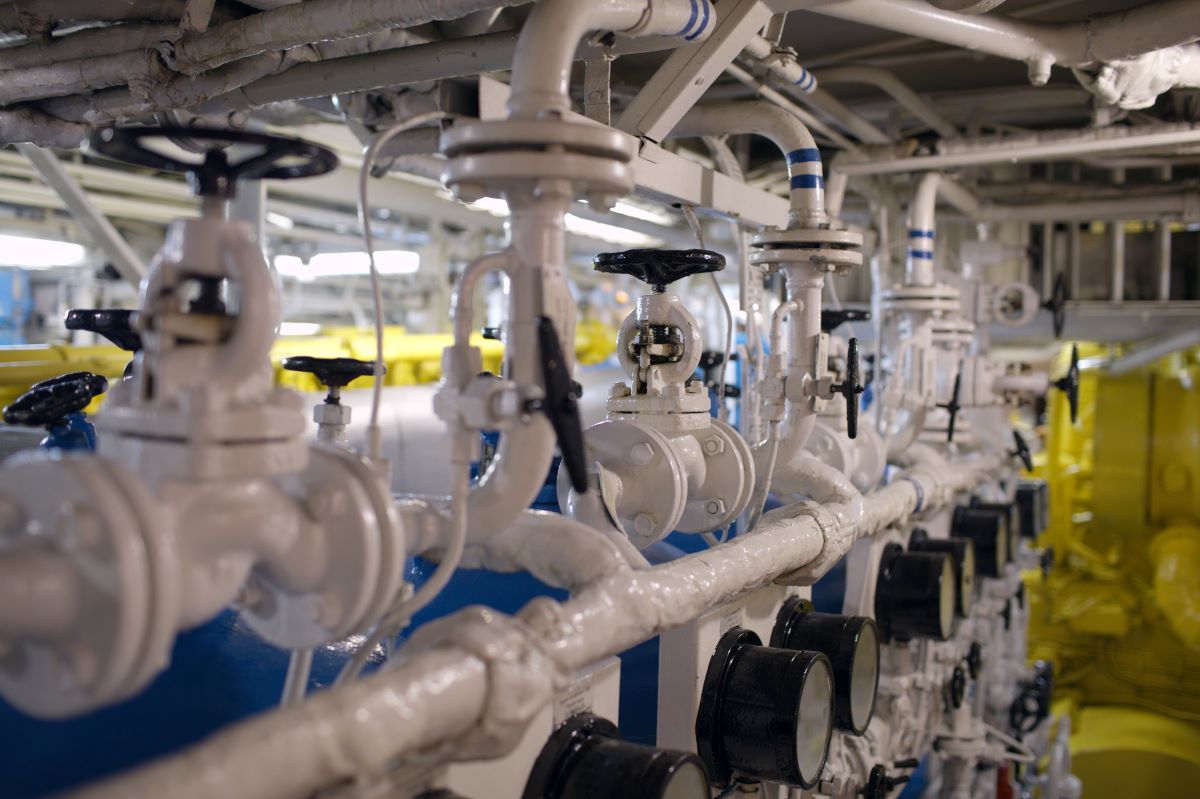
Maintaining marine hydraulic systems
Marine hydraulic systems are built to be incredibly robust in order to deliver peak performance at all operational times. Whilst in use, hydraulics typically require little attention yet deliver a lot, which makes them ideal for ships.
However, proper maintenance of marine hydraulic systems is crucial in ensuring that they remain running as efficiently as possible to avoid any issues whilst at sea. What makes this even more important than hydraulics in other sectors, is that ships typically travel out of reach of any type of emergency help. Considering the load that ships often bear and the workers onboard, a hydraulic failure could be catastrophic under any circumstance.
With that being said, marine ships should ideally be serviced each time they reach the port and maintenance tasks such as filter changes, hose replacements, lubrication and cylinder resealing should be carried out.
To avoid any failures whilst sailing, we recommend carrying replacement components onboard for emergency repairs.
Finding reliable marine hydraulic engineers
To keep your marine hydraulic system working efficiently, you’ll want to enlist the help of a certified engineer.
Derek Lane & Co are a leading supplier of components and solutions to MOD OEMs in the naval shipbuilding and marine hydraulic maintenance markets. We’re ideally positioned in Devon, South West UK to cater to any marine hydraulic needs.
Don’t just take our word for it though, check out our recent case studies with Babcock Marine and one of our largest Defence Support customers on Naval Warship flushing rigs.
Our expertise lies in ensuring your marine hydraulic systems run efficiently and safely. Our capabilities include component repairs and overhauls, hose assemblies and fittings, in-house design & manufacture of components and much more.
If you’re looking for a reputable, trustworthy team of marine hydraulic engineers get in touch with us.

